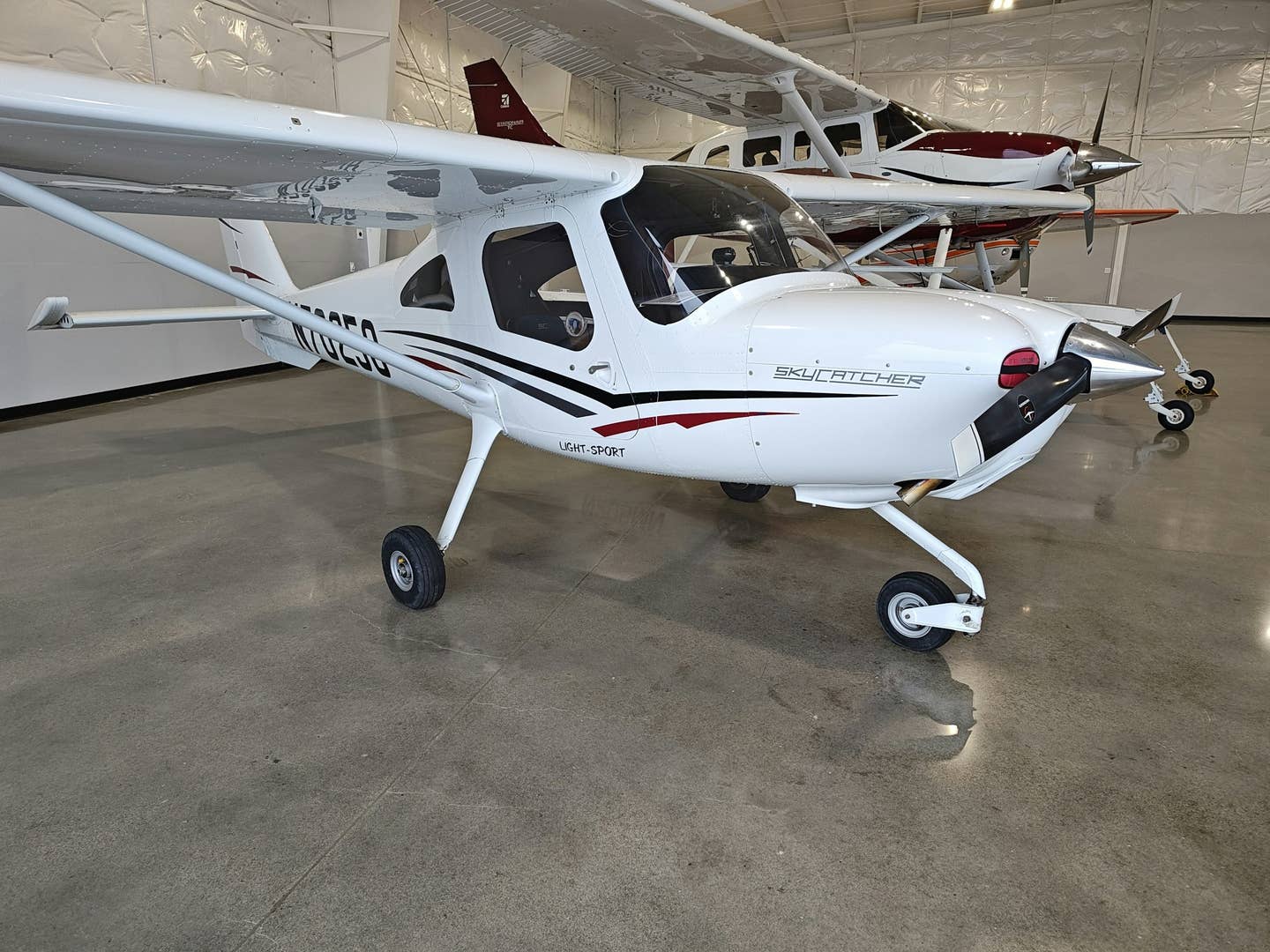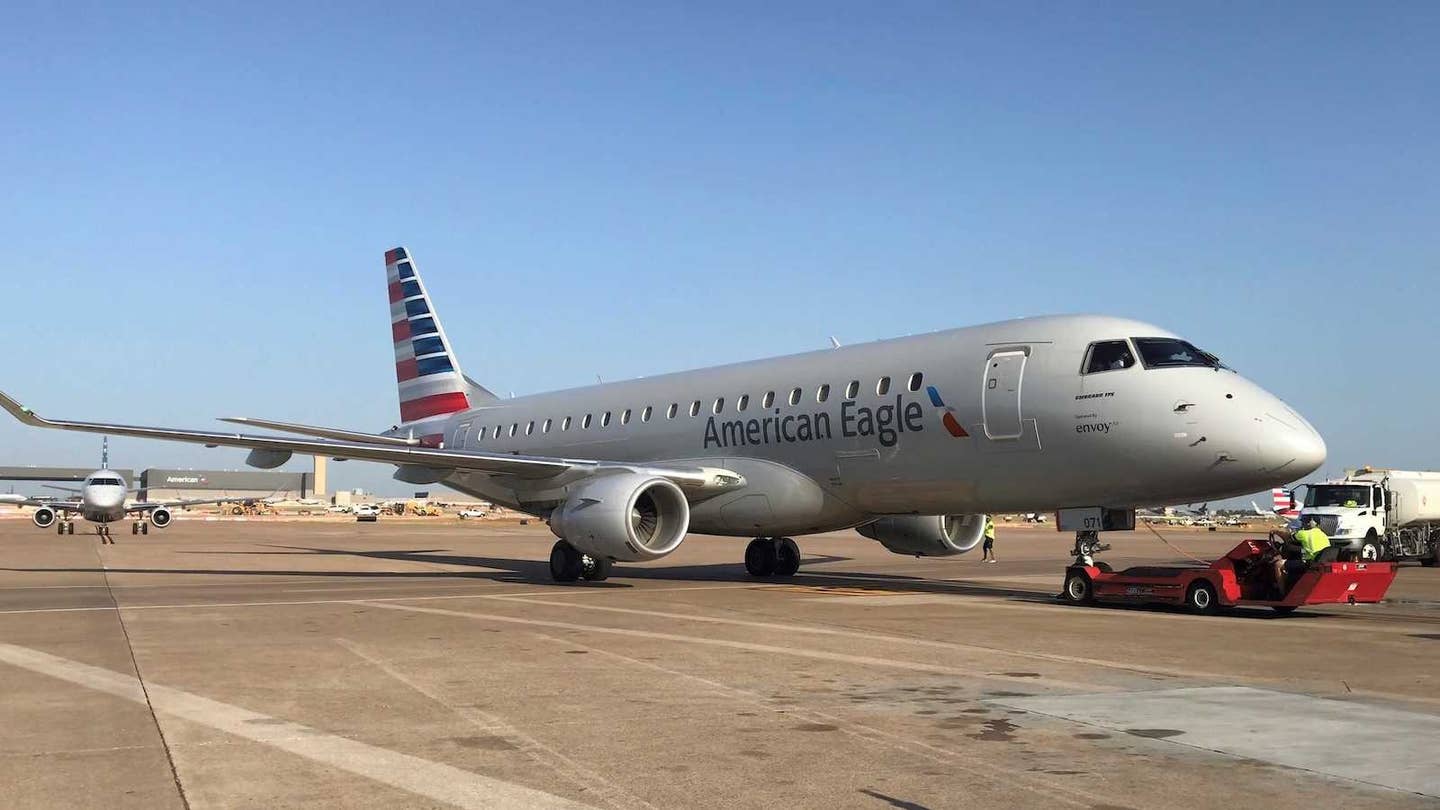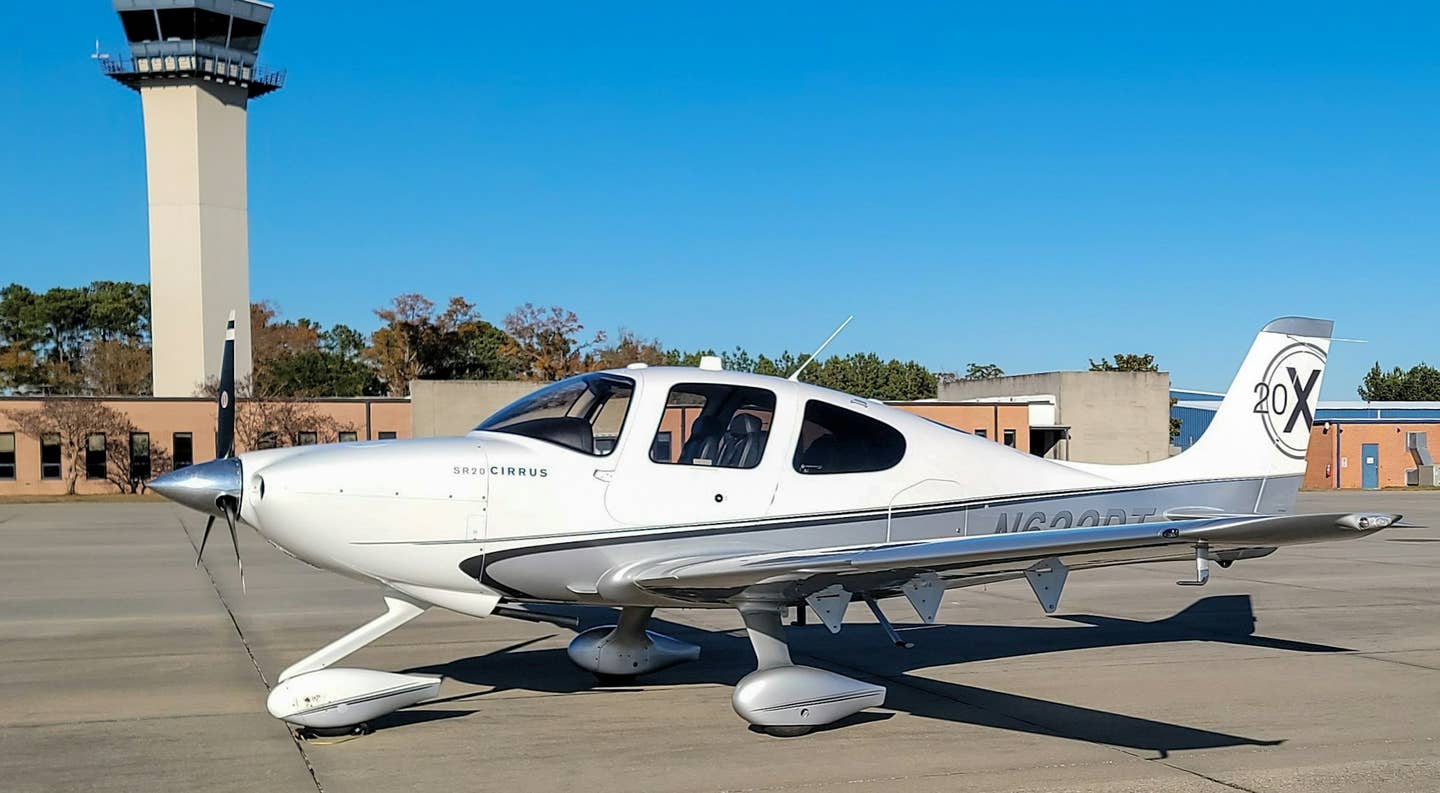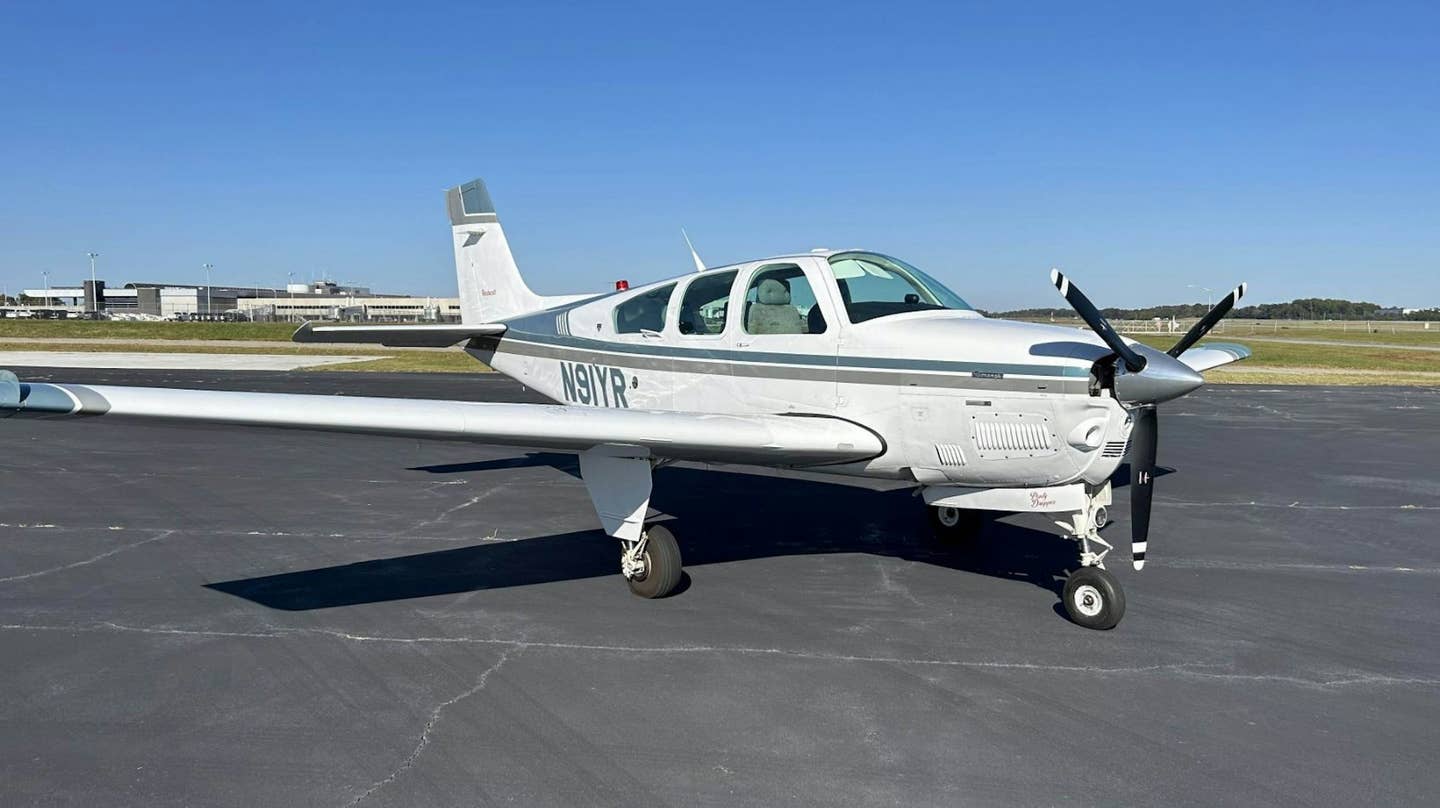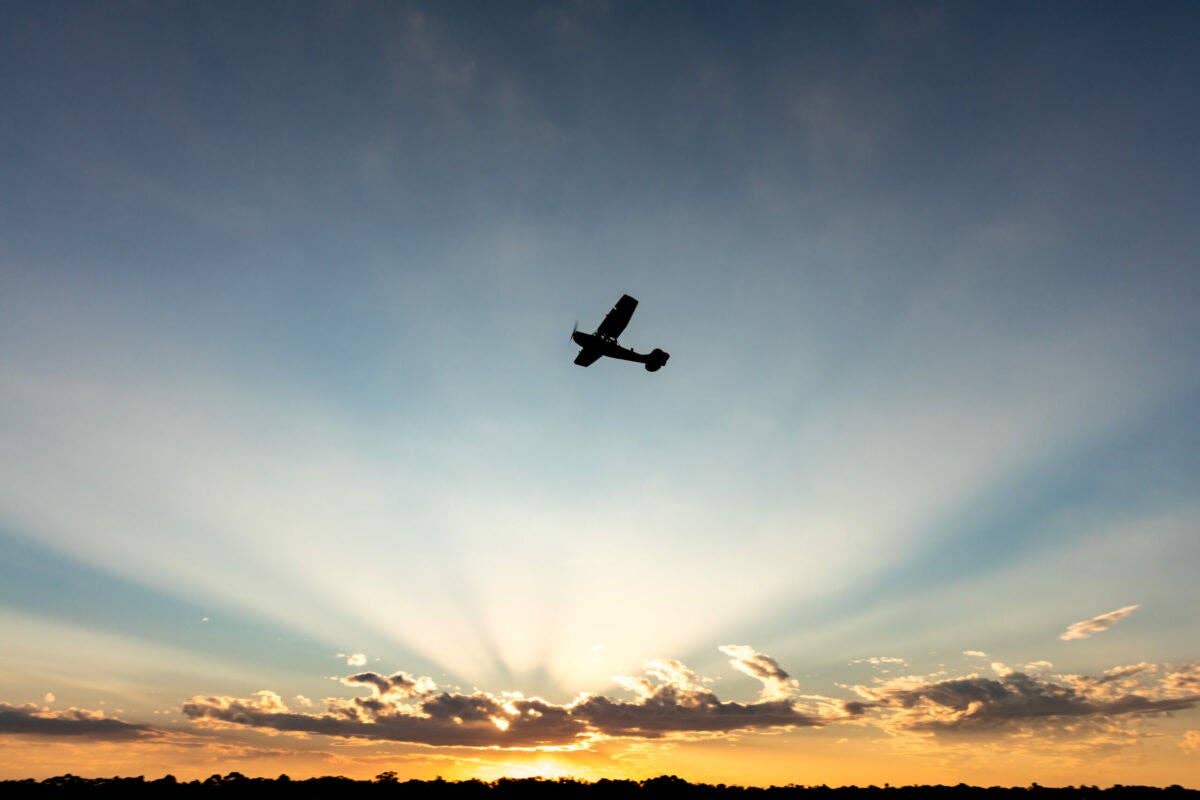
The Conquest SID program at Yingling Aviation.
The Cessna 441 and 425 Conquest turboprops have been among the hottest turbine airplanes on the used market for several years. Both the higher flying, bigger and faster 441 Conquest II and the smaller PT6-powered 425 Conquest I have been selling for near their new prices, even though they are 23 or more years old.
The reason for the popularity is that both turboprops deliver excellent performance with great fuel economy and easy to fly manners. In other words, they are exactly what the owner-pilot wants. And the Garrett TPE331-powered Conquest II can cruise faster than 300 knots with an IFR range of more than 1,500 nm in still air. That means it can fly that 1,000 nm trip upwind that so many owner-pilots want to make routinely.
An issue with the Conquests is, well, their age. A crack was discovered in a critical structure in a 441 in Australia a few years ago that raised awareness of the need for extra attention. And then the FAA launched its "aging aircraft" program that prompted all manufacturers of turbine-powered airplanes to examine their fleets and establish inspection stand-ards that would ensure the airplanes remain airworthy as the years and flying hours roll by.
Cessna examined the history of service bulletins issued to correct problems discovered in the fleet over the years, and also the list of service difficulty reports filed by shops who discovered unexpected wear or failures during inspections. Fatigue and damage tolerance analysis was conducted, and mathematical models were built. Cessna then used actual load testing to prove the models' accuracy. With this information, plus results from original static and fatigue cycle tests, Cessna was able to define a program that would identify critical areas of the airframe structure that could be subject to fatigue and corrosion and required more than the original inspection attention.
What followed is a supplemental inspection document (SID) issued for both Conquest models in 2007 with an effective date of September of last year. The SID added about 20 new phases to the required inspection program on the airplanes. It is an expensive program, and very intensive, but it is what the FAA and Cessna believe is necessary to ensure the Conquests have the same airframe integrity that was originally certified.
Among the groups that had significant input into development of the Conquest SID program was Yingling Aviation, based on Wichita's Mid-Continent Airport across the runway from Cessna's main plant and headquarters. Yingling has been a Cessna dealer, service center and major parts supplier since 1946, believed to be the longest operating dealer in Cessna history.
Because of its physical proximity and long-term relationship with Cessna, Yingling provided input on its experience in maintaining Conquest turboprops, and was among the first to begin performing the inspections once the documents were issued. Yingling has conducted about one-third of all SID inspections so far and is the most active and capable Conquest service center in the world.
Initially Conquest owners were shocked by the scope of the SID program. If all phases of the inspection are completed at once, which is not required, the inspection alone required more than 940 shop hours at Yingling. And then there is the additional cost of repairing any problems that are uncovered. Some wondered whether the Conquest was doomed by such a large required maintenance event. But as owners have come to understand the reasons for the SID program, and to consider that it requires careful inspection of critical components that have not been seen since the airplane was assembled as long as 30 years ago, it starts to make sense.
All turbine-powered airplanes must have an FAA-approved maintenance inspection plan. It is possible to obtain approval for a plan of your own design -- and that is common for an airline -- but realistically for the individual operator, the FAA approves the plan developed by the airplane manufacturer and you may add to it, but won't be able to subtract items. The maintenance requirements have been historically more intensive for transport airplanes and jets than for turboprops. For example, some jet maintenance plans require that the wing skin be periodically removed to inspect the spars and internal structure. In the Learjet 20 and 30 series the wing must actually be removed from the fuselage to inspect critical areas that cannot be seen any other way. The degree of disassembly required for major inspection phases in jets would shock owners of propeller-driven airplanes.
The military has taken much the same attitude toward the turboprops it operates. At set intervals of calendar or flying time, the military has private maintenance facilities with expertise in the model of airplane -- such as Stevens Aviation -- conduct an intense inspection that requires massive disassembly of the airframe. That would not be required if the airplane were operated by civilians, but the military, like the FAA, has learned that time can create unexpected wear.
So, I think the Conquest SID program is actually a glimpse into the future for other turbine-powered airplanes as the industry learns how to address aging airframes. The emphasis is on turbine airplanes because they are heavier and operate over a much wider range of speeds and altitudes than piston airplanes. And corrosion is always a threat in a turbine airplane because moisture intrusion is unavoidable. When the airplane becomes cold soaked in the frigid air at cruise altitude, and then descends quickly into the relatively moist air near the surface, condensation soaks the airframe. Condensation promotes corrosion, and corrosion weakens metal and creates the starting point for a crack.
Yingling has about six Conquests in the SID process at any time, and an amazing level of special tools, fixtures and personal expertise is required. As you can imagine, most of the attention is focused on the wings and tail, and certain phases require removal of the entire vertical and horizontal tail. On the 425 the wings must also be separated so the spar attachment fittings can be examined. Yingling has developed special fixtures so the wing isn't moved further from the wing root than necessary to simplify rejoining the two. Another phase calls for the engine nacelle to be removed from the upper surface of the wing. Yingling has developed a technique that allows them to separate the two for inspection, without removing the entire nacelle completely, saving a great deal of time, and thus money.
Other key areas to be inspected are less obvious. For example, the pressure bulkheads fore and aft require eddy current inspection so just about everything from the cabin and instrument panel must be removed. Windshields, cabin windows and the window frames all require special inspection. Even cabin door hinges have their own inspection requirement.
Most of the inspection phases are required to be repeated no more frequently than 2,500 hours or five years, and some of the complicated and expensive phases such as the wing spar and fittings on the 425 are good for 5,000 hours or 10 years.
The base inspection for the 425 at Yingling, including a new access panel to allow future inspection of the stub wing fitting, and new deice boots, costs $110,000. With all repairs made the out-the-door cost for the 425 is averaging between $160,000 and $190,000. The 441 does not have stub wing fittings so no wing separation is required, and no new access panels, so its base inspection is a little less at just under $100,000. With all repairs made the complete price at Yingling for the 441 is ranging from $170,000 to $200,000.
Yingling has an avionics and propeller overhaul shop, and complete custom interior replacement capability. It builds and installs the Oasis interior for the Cessna Caravan turboprops that are destined for executive or charter operations, so it has accumulated a great deal of experience in customizing Cessna cabins. Because of the high degree of required disassembly for the SID inspections, it is cost-effective to have the avionics and interior upgraded on your Conquest at the same time.
So far the SID program at Yingling has uncovered only a few cracks, but almost always there is at least some corrosion that must be dealt with. Often Cessna engineers drive around the runway to look for themselves at the problem areas and work with Yingling to develop an appropriate repair. For example, the day I visited Yingling technicians had found an area of metal where the bond had failed on a 425 nacelle. The metal in that area is steel, not aluminum, because it is part of the firewall aft of the engine. Cessna engineers were working on a fix for that specific problem, which had not been expected.
It had been many years since I last flew a Conquest II. The newest airplanes were built in 1986, but the majority are several years older, with the first Conquest II turning 30 years old now. To remind myself of why these airplanes are so special and in such demand, Yingling offered me the left seat of their own 441.
The airplane is a delight to fly with pleasant control feel and excellent stability. There are absolutely no surprises in its flying qualities. But what impresses most about the 441 is its performance. At a mid weight the airplane climbed to 23,000 feet going up at 2,000 fpm all the way despite air temperatures aloft that were several degrees warmer than standard. In cruise it topped 300 knots true airspeed on only 500 pounds per hour of fuel flow total. And because the Garrett 331 engines are so efficient, altitude change does little to fuel flow. A move up or down changes fuel flow only about 10 to 15 pounds per hour total, so when the winds are strong up high you can fly lower without a punishing fuel penalty.
Flap and gear extension speeds are very high so the 441 mixes easily with jet traffic. And the fixed-shaft Garrett turboprops respond promptly to power changes without the lag of a free turbine engine, so airspeed control is a snap. Best of all, the Conquest has trailing link landing gear that makes you look good. Even though it had been 15 years since I last flew a 441, the landing was a greaser.
Far from ending the life of the Conquests, the SID program is going to do just the opposite and extend it far into the future. At this point there is no airplane in development that can do what these do for the price and operating cost, so owners are refusing to give them up. And Yingling's vast experience with the breed guarantees there will always be a place to make the airframe as strong and reliable as when it was new.

Sign-up for newsletters & special offers!
Get the latest FLYING stories & special offers delivered directly to your inbox

